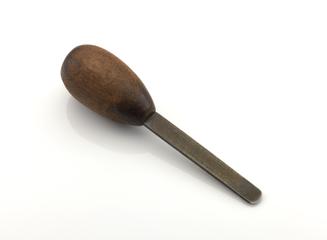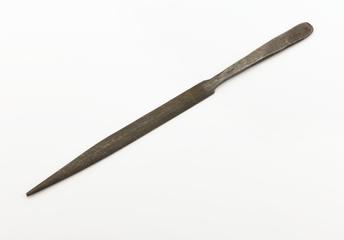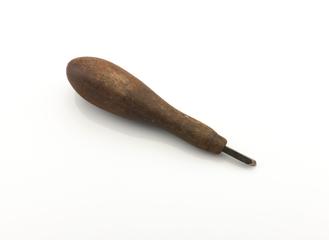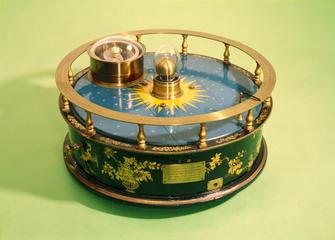




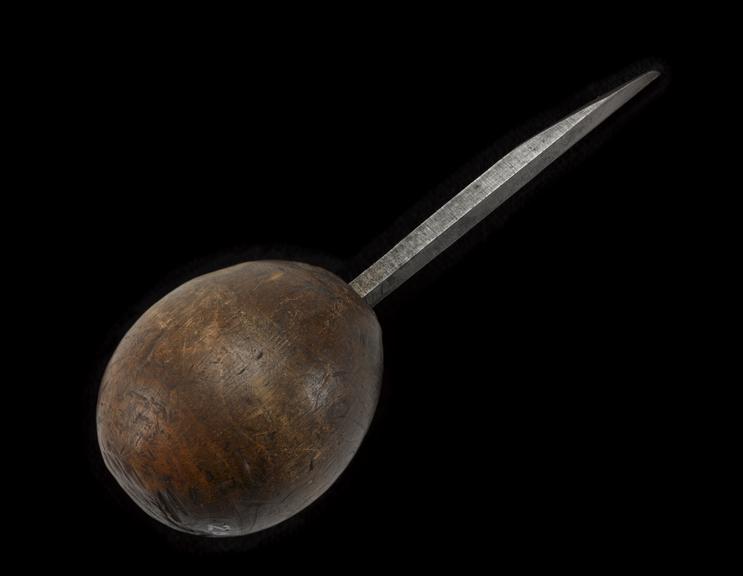
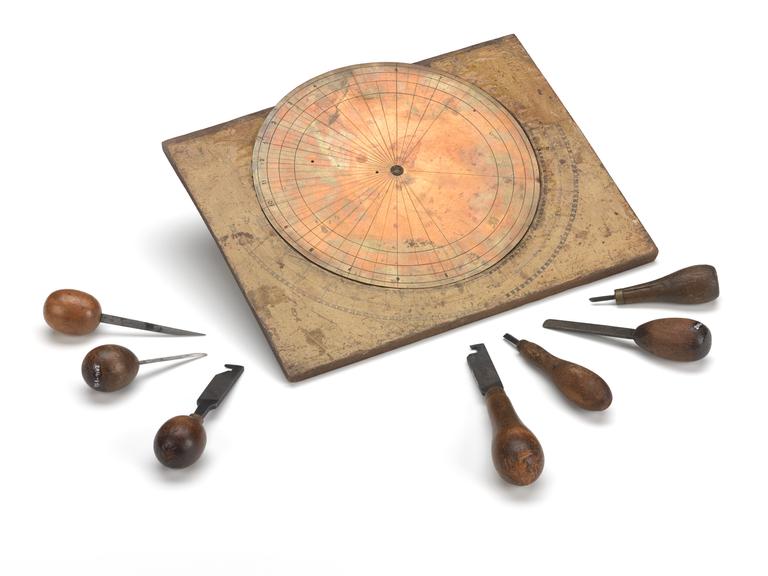
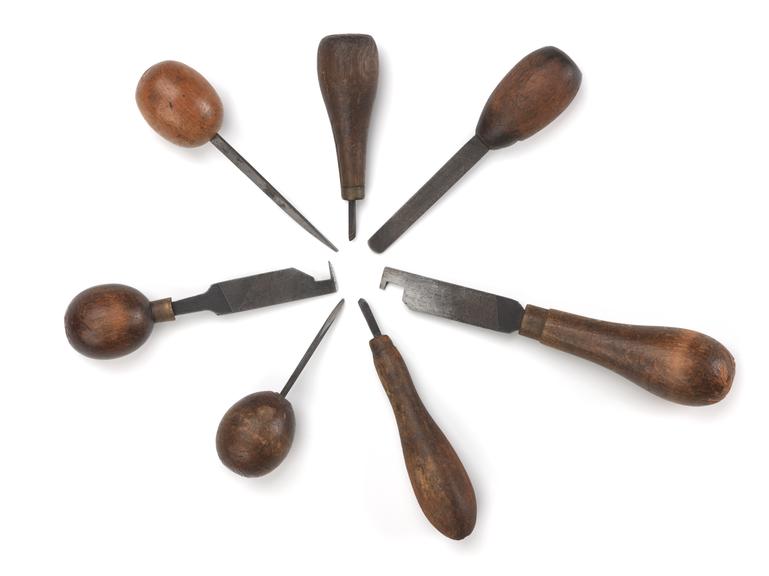
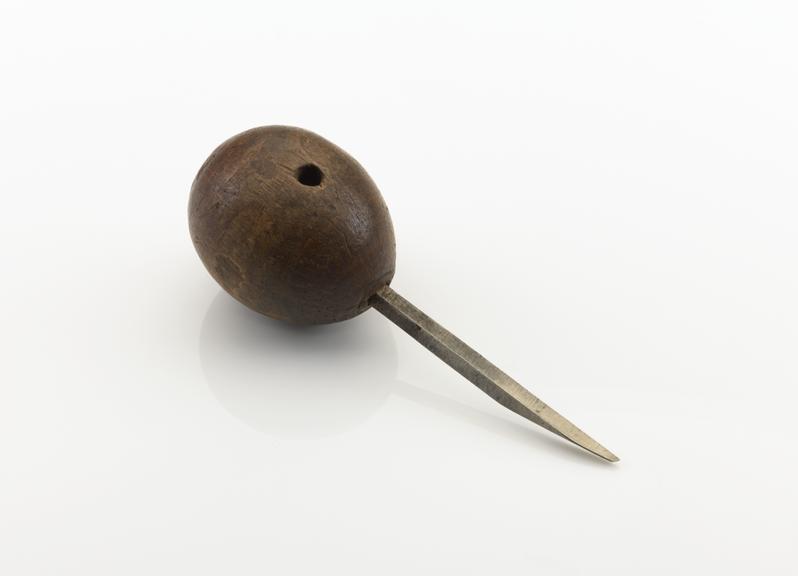
Horological graver with narrow lozenge-shaped profile and wooden handle by unknown maker, England, 1850-1900
Horological gravers are used with a watchmaker’s lathe to achieve a desired detail on a workpiece such as a watch case or other component of the movement. The profile of this tool enabled the user to achieve very narrow lozenge-shaped effects on the metal. It has been made from a horological file.
This tool was collected from the workshop of Richard Oliver (1904-89), a watch-case maker based in Clerkenwell, London. Richard was the fourth generation of his family to be apprenticed as a watch-case maker when he joined the family business at 31 Wynyatt Street, Clerkenwell, in 1920. In 1941 the business moved to a larger workshop at 25 Spencer Street, Clerkenwell, and Richard took over from his father in 1949. In 1971 the workshop in Clerkenwell was closed and the contents partly sold to Liverpool City Museum and the remainder moved to Richard’s home in Woodford Green where he continued to work. From 1971 onwards the Oliver family gathered together a unique collection of tools and equipment including the contents of the case-making workshops of J. Walton and F. Thoms, previous occupiers of Spencer Street.
Details
- Category:
- Hand and Machine Tools
- Object Number:
- 2016-496
- Materials:
- steel (metal) and wood (unidentified)
- Measurements:
-
overall: 23 mm x 120 mm
